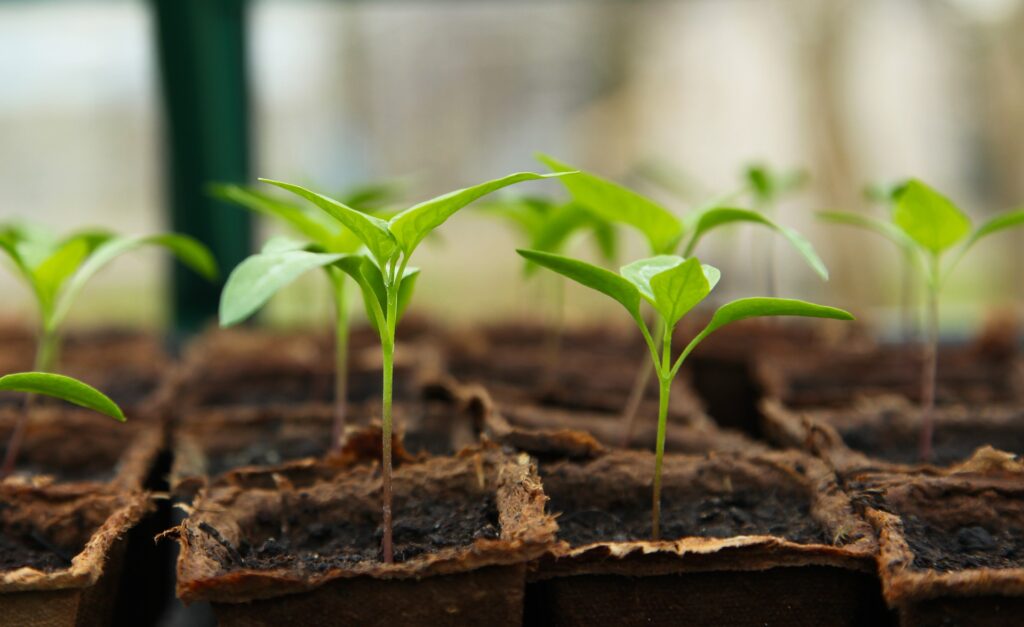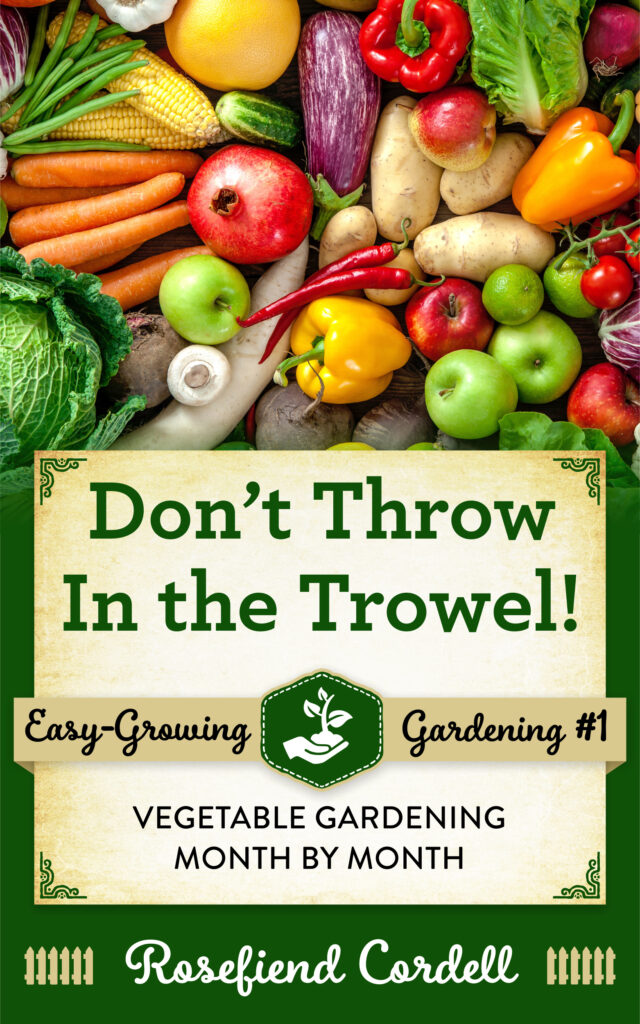To many die-hard vegetable growers, summer offers a new start. By sowing or planting certain vegetable crops in August, you can get a second harvest before (or even after) frost. Imagine fresh vegetables for your Thanksgiving feast … or even for Christmas dinner, if you put out the right vegetables and mulch them well.
Fall-grown vegetables taste better because they ripen in the cooler weather. You also have a lot less hassle with insects and diseases.
Perhaps you have some seed left over from this spring, or know someone who does. If you need seeds, ask your friendly local nurseryman, and they should be able to scrounge some up for you.

A few nurseries may have cole crops ready to plant – broccoli, cauliflower, cabbage, etc. Call around before you go shopping, just to be safe. If the nursery doesn’t have any, ask them if their suppliers can bring some by. (This goes for local nurseries only – the big box stores won’t provide this kind of service.)
There’s a short window for sowing and planting this time of year. Sow beans, beets, carrots, kohlrabi, peas, zucchini, and lettuce (leaf and butterhead), from August 1 until about August 15. (All dates in this article apply to Zone 5 – if you’re in a different zone, check with your local University Extension service for the planting dates that work best for your particular region and climate). Those dates also go for planting cole crops. Sow mustard, radishes, spinach, and turnips from now to August 30.
Be sure to buy “short-season” plants to be certain you can get them harvested before frost. (Don’t forget, though, that you can extend the growing season with a few old blankets!)
Prepare your garden. Clean it up and take out any old plants and weeds. Throw out diseased plants and fruits, to avoid re-introducing pathogens into the garden.
Spread compost or aged manure over the ground. Add a pound of 13-13-13 all-purpose fertilizer per 100 square feet of ground before you cultivate the soil. You might till it in, but shallowly. Deep tilling can cause the soil to dry out (more).
With this heat, it might help to water the ground the night before you cultivate, then water it again a day or two before you plant. Otherwise, you will have to take a chisel to the soil.
Sow seeds twice as deep as you do for spring planting, to keep the seed from drying out during germination. Once the seeds are planted, water daily.
To keep the ground cool while the seeds are germinating, shade it by placing a board over your rows, raising it off the ground with two flowerpots or bricks. Or use shade cloth or even sheer curtains to help keep the plants cool. When the seedlings emerge, remove the board, then mulch the ground with a half-inch of grass clippings or straw. Add more mulch once the seedlings are 1 to 2 inches tall.
Sometimes it can be hard to get the crops established. Water them well, and use nylon net to protect the seedlings from insects and the hot sun. At least harvesting plants in fall will be a relief, compared to harvesting in the heat of the summer sun.
Root crops can be left in the ground after frost. Just mulch them heavily for protection, and dig them up as needed through the winter.
In early August, sow beets, daikon radishes, fennel, carrots, green onions, and cole crops – including broccoli, cauliflower, and cabbage.
Later in the month, sow peas, radishes, spinach, cilantro, and Swiss chard for overwintering.
From DON’T THROW IN THE TROWEL: VEGETABLE GARDENING MONTH BY MONTH

